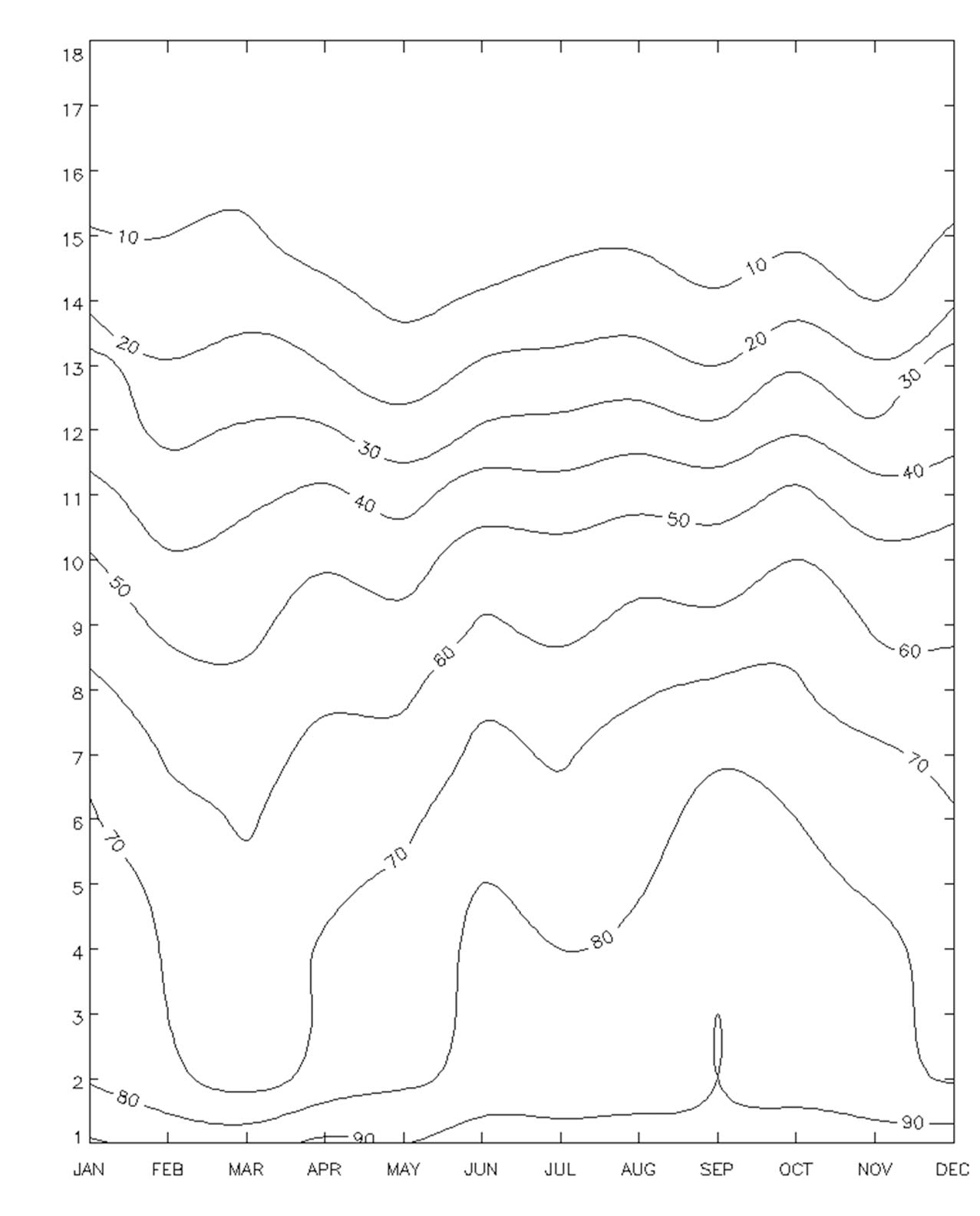How IDL® Powers Applied Science: A Spotlight on Cloud-Free Line-of-Sight Analysis
This blog, written by Ray Hobbs, is part of a series showcasing our IDL Fellows. The IDL Fellows program is our way of supporting passionate retired IDL users who want to continue their work with IDL. There is continual innovation behind IDL, and this program is one of the many ways we hear about new uses of the product. If you are retired and interested in becoming an IDL Fellow and sharing your research through a blog post, feel free to reach out to see if you qualify for the program.
For decades, IDL has played a pivotal role in advancing scientific analysis across disciplines, and its versatility continues to empower users by simplifying complex data processing. From optimizing aircraft performance to processing satellite data for atmospheric studies, IDL has proven to be indispensable to scientists and engineers alike.
As an experienced pilot and scientist with over three decades of experience at L3Harris/Aeromet, I’ve witnessed firsthand the transformative potential of IDL. One notable application has been determining the climatological probability of having cloud-free line-of-sight (CFLOS) – a critical consideration for airborne sensor measurements.
Solving the CFLOS Puzzle With IDL
When conducting atmospheric measurements, having a clear view of the target – free of clouds – is critical. This raises a vital question: “What is the probability that an airborne sensor at a given altitude and location will have a cloud-free line-of-sight to an object of interest?”
Using IDL, we addressed this challenge with a unique data set compiled at the Space Science and Engineering Center (SSEC) at the University of Wisconsin. This dataset was processed to predict CFLOS, providing invaluable insights for planning atmospheric measurements.
How IDL Facilitated CFLOS Analysis
The CFLOS data were derived from satellite measurements, detecting clouds with ultimate sensitivity to emissivity. The results, showcased in a poster presented at the 12th Conference on Satellite Meteorology and Oceanography, highlight IDL’s ability to handle and process complex datasets efficiently.
The figure below, taken from the poster paper, shows the CFLOS from the top of the atmosphere downwards for each month at Kwajalein.

Annual Percentage of Clouds Measured using satellite date for the Atmospheric Column (2º latitude by 3º longitude) over Kwajalein in the Marshall Islands.
Key Findings: Kwajalein CFLOS Example
- The poster’s figure reveals the annual percentage of cloud cover over Kwajalein in the Marshall Islands, measured at varying altitudes.
- The vertical axis of the analysis represented altitude in kilometers, while the horizontal axis shows months of the year.
- A notable anomaly occurred in September, where 90% chance of detecting clouds was recorded at 3 km, but no significant increase was seen at 2 km
- This was due to a limited number of measurements (794), underscoring the importance of robust data sampling.
Such insights are critical for determining CGLOS probabilities for airborne sensors, providing a data-driven foundation for mission planning.
Why IDL Is Essential for Geospatial and Atmospheric Science
IDL’s ability to process large datasets and perform advanced coordinate transformations is unmatched. Whether analyzing satellite imagery or performing mathematical operations, IDL delivers precision, efficiency, and reliability.
Example Applications of IDL in CFLOS Analysis:
- Processing satellite data to detect cloud cover.
- Visualizing complex atmospheric trends over time and space.
- Performing high-accuracy coordinate transformations for geospatial applications.
About the Author
With a career spanning over 37 years at L3Harris/Aeromet, I’ve combined science and flying, logging more than 10,000 flight hours and contributing to the scientific community through research, patents, and innovation. My journey in programming began in 1967 with FORTRAN, evolving over decades to embrace the power of IDL.
- Academic Background: Ph.D. in cloud measurement analysis from the University of Wyoming.
- Professional Achievements: Three peer-reviewed journal articles, four U.S. patents, and one EU patent.
- IDL Expertise: My first personal IDL license was Version 4.0, requiring a HASP dongle—a testament to my long-standing trust in this powerful software.
To explore more about IDL’s capabilities and discover other inspiring uses cases like this, visit the IDL page.